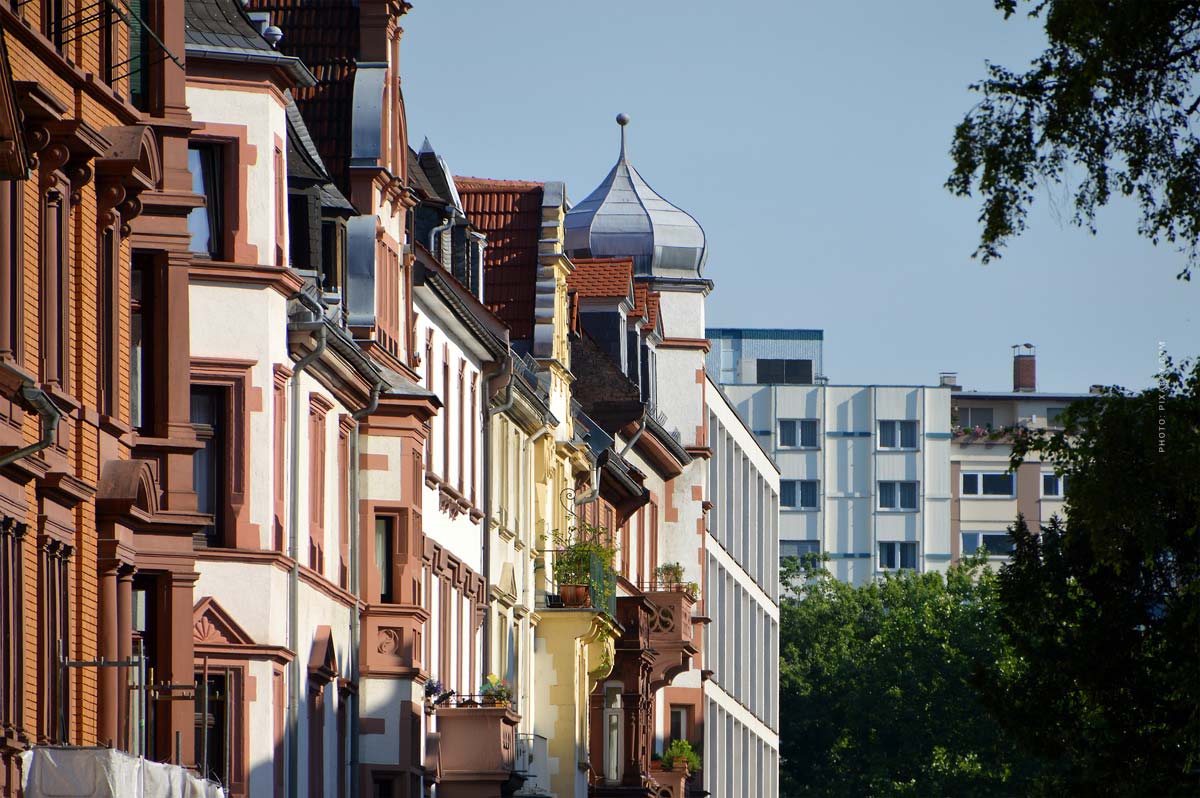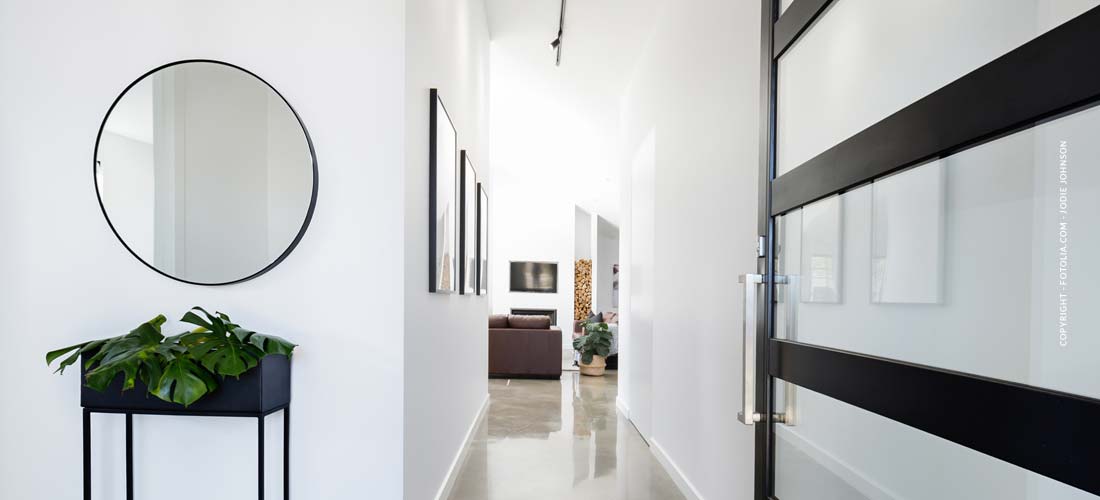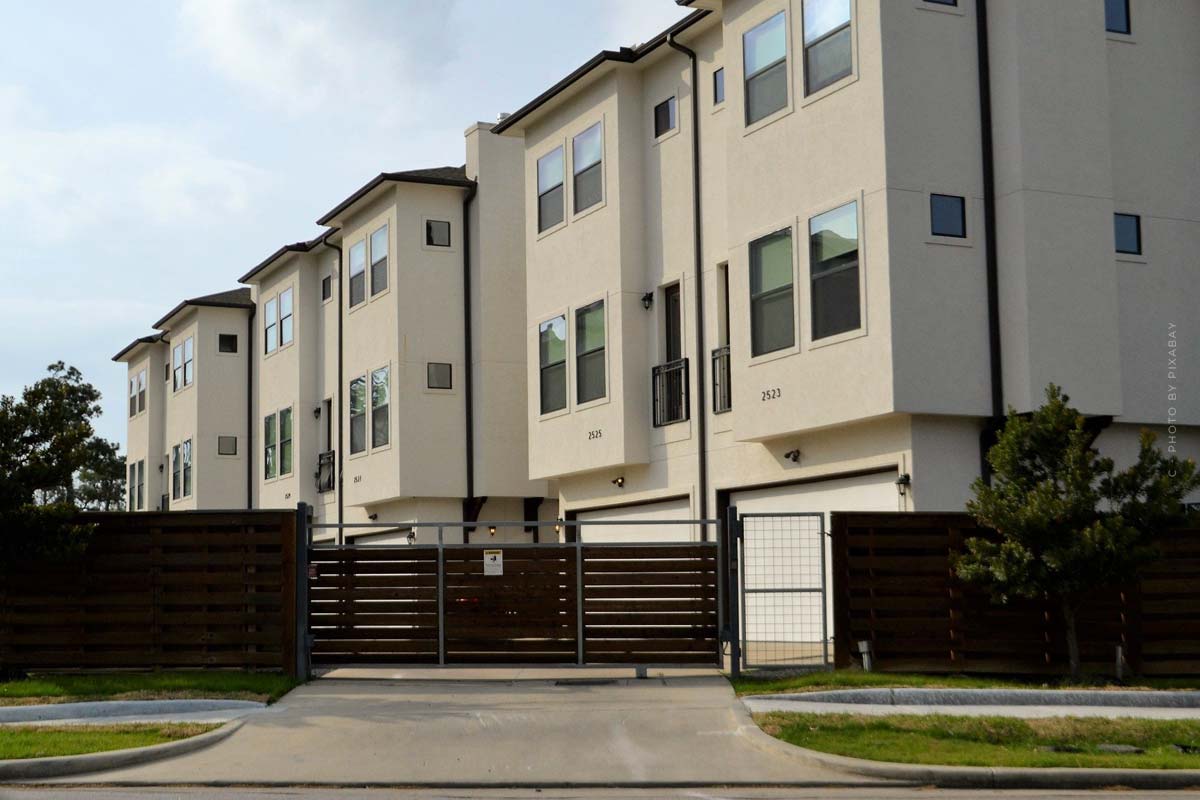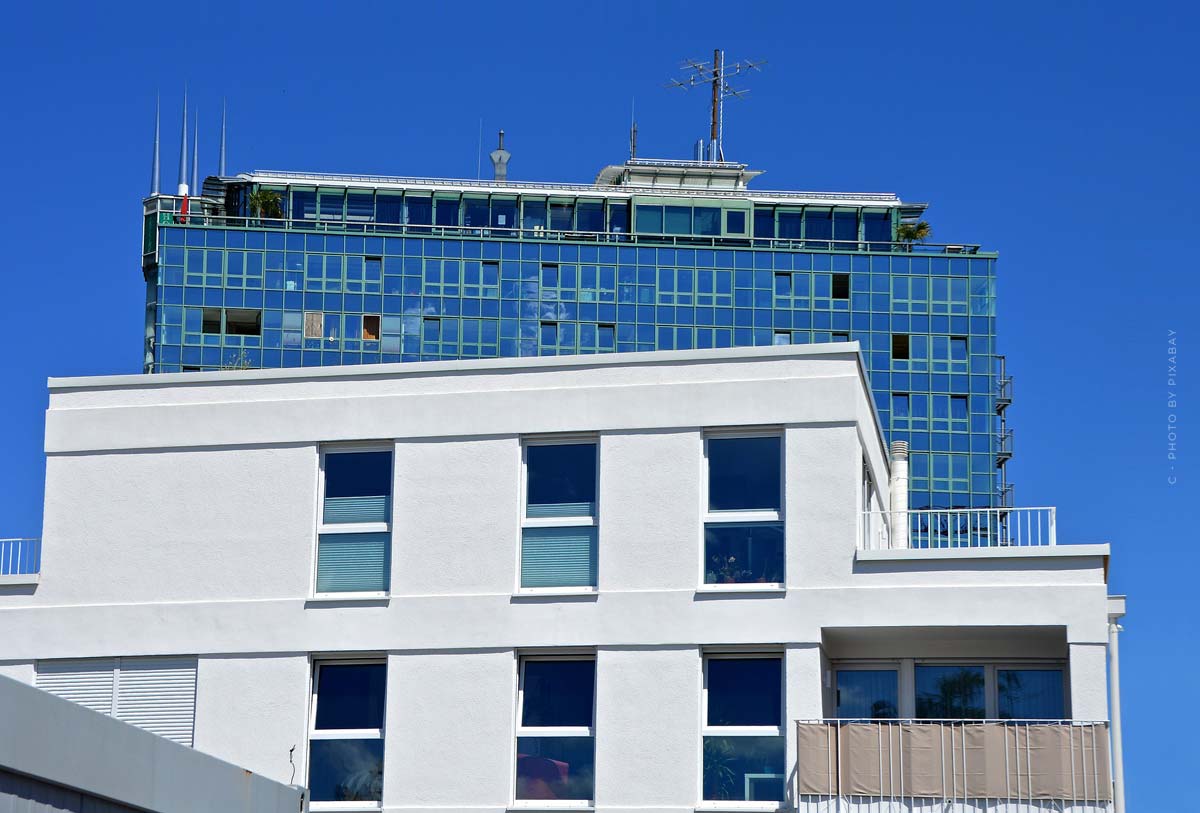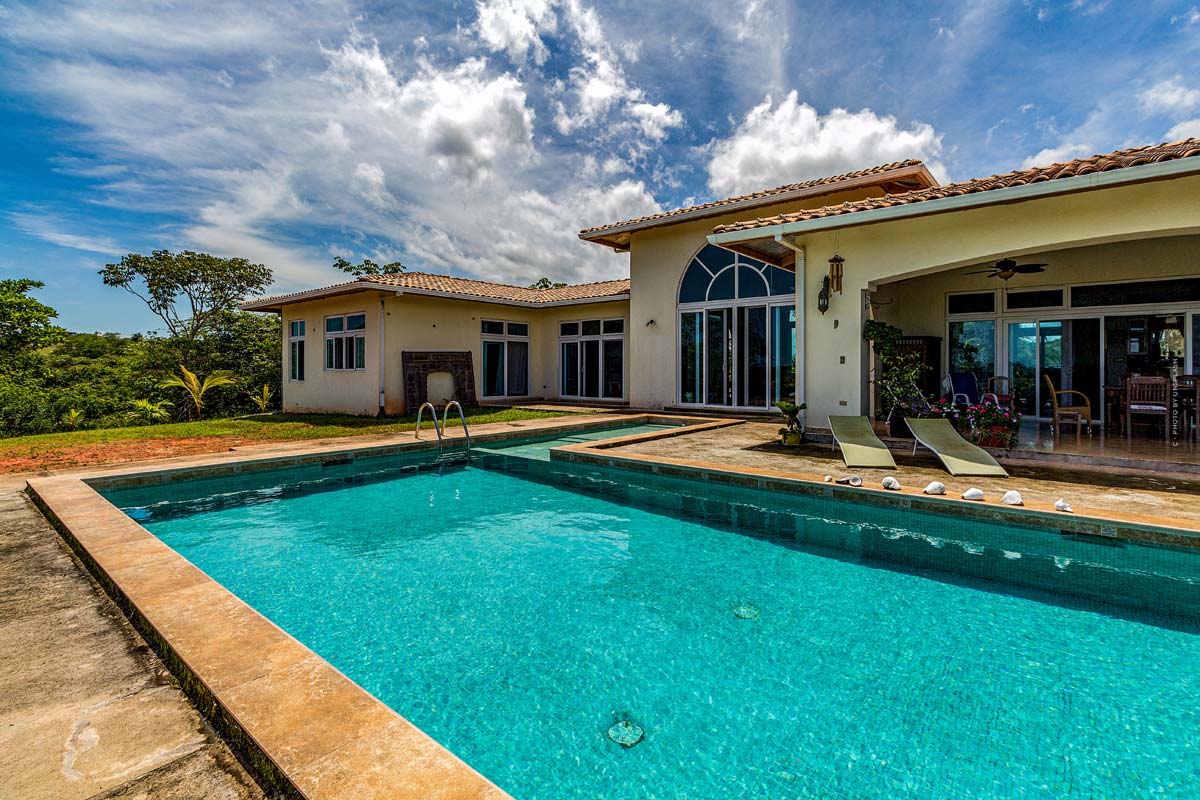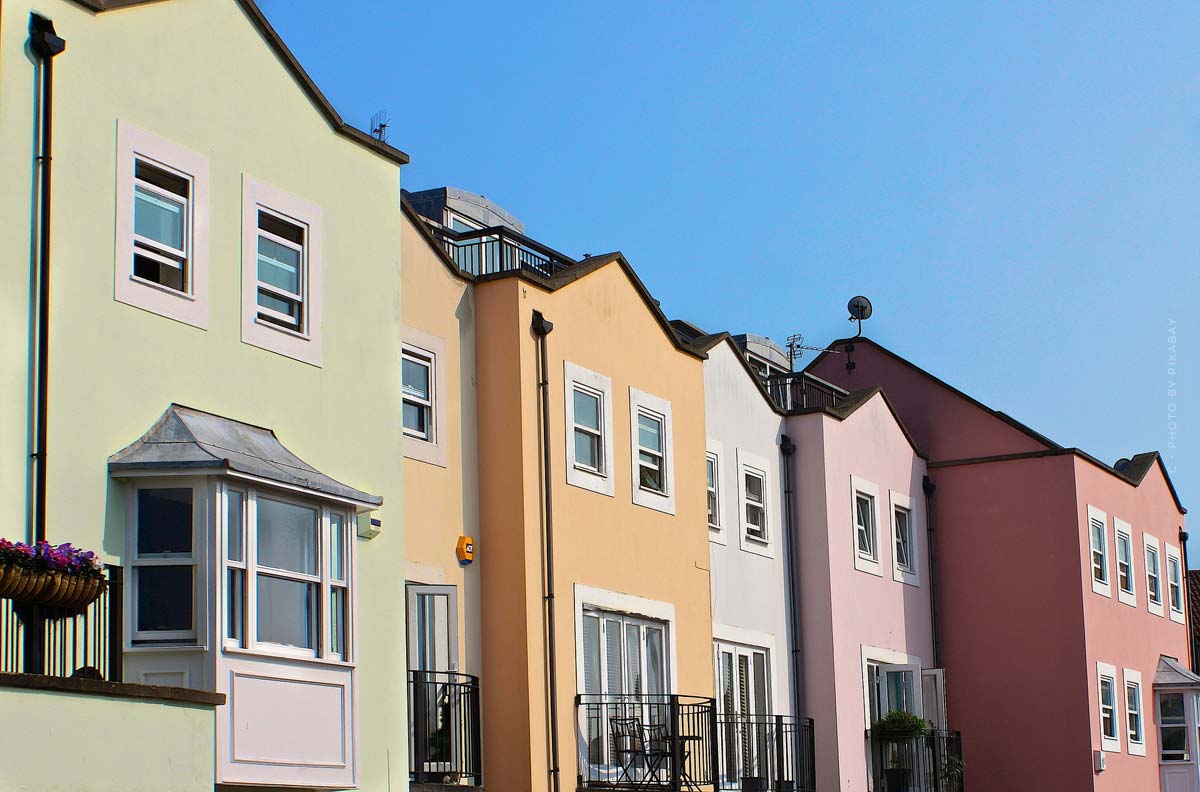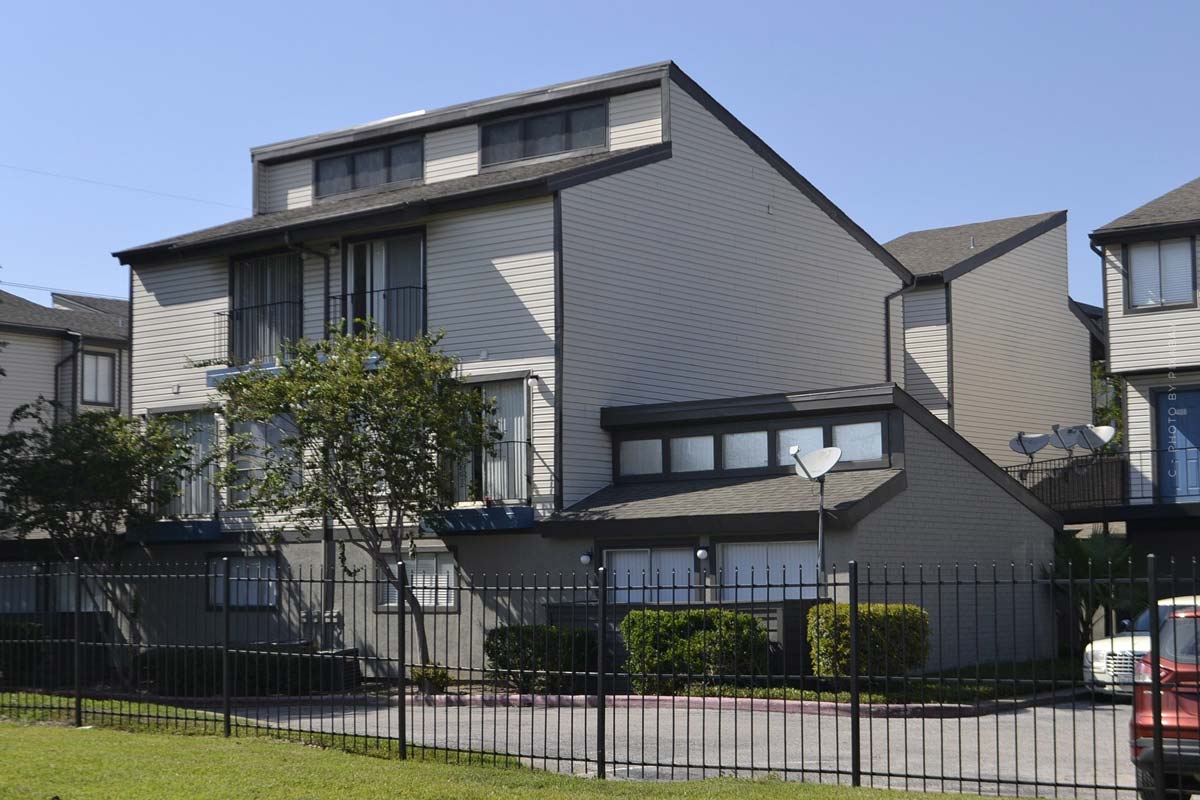Buying your first condominium – criteria, purchase price & capital investment – 11 point checklist
Buying your first condo – The property for first-timers. Want to buy a condo as your first property, but don’t know where to start? Here we’ve created a checklist of 11 items for you to determine the basics and criteria of your property search. Whether determining the maximum purchase price, the question of owner-occupancy or capital investment,
Checklist: Goals and criteria of the first condominium
When buying your first property, you should make a well-considered decision. You should set a goal for yourself, which criteria play the biggest role for you in a property and in no case buy for emotional reasons. Make your decision based on business facts and figures that compare well.
In the following post, we’ve broken down for you the points for setting goals when buying a property. Here are our eleven points summarized in short questions:
- Self-interest or capital investment?
- What is the maximum purchase price?
- How low is the maximum gross rental yield?
- Should I buy rented or unrented?
- Which cities are eligible?
- What is the perfect location?
- Invest in existing or new buildings?
- How old can a property be?
- How big does a property need to be?
- Ground lease?
- Social binding or post-binding?
Step 1 – Self-interest or rather capital investment?
As already explained in our article on the subject of owner-occupation vs. capital investment, it is always better to use the first property as a capital investment. Because, with owner-occupancy, you always pay 100% of the running costs yourself. Capital investors, on the other hand, primarily let the tenant and the tax office pay.
- Here you will find everything on the topic of self-interest vs. capital investment
Here in brief what self-interest and capital investment mean:
- Self-interest: 100% responsible for costs
- Capital investment: Tenant and tax office pay
Step 2 – What should be the maximum purchase price?
This question depends on many factors. However, the most important criterion is probably the creditworthiness in terms of assets, as well as the monthly balance of assets and equity. These are all decisive factors for your bank when it comes to deciding on financing.
- Read more about maximum purchase price here.
Here is a brief overview of the most important factors:
- Credit rating
- Monthly balance sheet
- Equity
Step 3 – How low can the minimum gross rental yield be?
You want to make the biggest possible profit from your apartment. How high must the rental yield be at least so that the tenant ideally pays off the property and you yourself do not have to pay for repayment and interest?
- Read more about minimum gross rental yield here.
Here, in brief, is the formula for calculating the gross rental yield:
Formula: Annual rent / purchase price x 100 = gross rental return
This goal is also called efficient asset accumulation. Accordingly, the gross rental yield of an investment property should also be high.
Step 4 – Buy a property rented or unrented?
When buying an apartment for personal use, it is always advisable to buy unrented. The exception: notice of termination for personal use. For capital investors, however, an unrented property would be much more time-consuming, since you have to look for new tenants.
- Read all about buying rented or unrented here.
Buy unrented as an investment:
Here in brief the advantages and disadvantages!
Advantages:
- Renovation work: Immediately feasible and deductible
- Use of own lease
- Market rent
Disadvantages:
- Vacancy at the beginning: loss of rent
- Renovation expense
Buy rented as an investment:
Advantages:
- No time required for new leasing
- Payment behavior and behavior of existing tenants is known
- Low risk of vacancy
Disadvantages:
- Rental mostly below current market value
- Existing rental agreements must be taken over
Step 5 – Which cities are eligible?
A-, B- or C- location, where is the best place to buy my property? The central question here is whether I choose an investment property or a yield property.
- Read more about layer types here.
A, B or C position
Here is a brief overview of how which of the three layer types is defined:
- A-location (simply: metropolis)
- B-location (simple: large city / city with positive development)
- C-location (simple: small town / country in stagnation)
Where do I buy which property?
The different location types compare areas. Higher yields go hand in hand with lower appreciation. Therefore, depending on the location, one chooses between yield or investment property.
- Investment property: Only to be found in A-location
- Yield property: Good B- or also C- location
Macro, meso, micro location
After the comparison of the A-, B- or C- location, districts and the concrete neighborhood are compared.
- Read all about macro- meso- micro- location here.
Here is a brief overview:
- Macro location (A, B and C location, i.e. where in the country / which city?)
- Meso location (where in the city)
- Micro-location (exact location)
Step 6 – What is the perfect location?
Where exactly should I buy my first property? Owner-occupiers and capital investors, as well as yield properties or investors with the goal of value appreciation, accordingly, the decision of the perfect location is different. Here we go into the analysis again to help you find the best location for your goals!
Step 7 – Invest in existing or new buildings?
When buying a home, in addition to the question of owner-occupancy or capital investment and return or investment property, one wonders whether to invest in existing or new construction. Both forms have their advantages and disadvantages. In this article, you will learn what they are.
- Read all about existing or new construction here.
Advantages of new construction
- Current state of the art
- Low risk for maintenance and repairs
- Co-determination in interior design
Disadvantages of new construction
- Higher purchase price and incidental purchase costs
- Lower rental yield
- High value loss at the beginning
- Other costs for public development
Step 8 – How old can a property be?
You want to invest in an old building? Then you need to consider a few things before buying. Old properties have some advantages, but also disadvantages. We have compiled a brief overview of all the facts of the different construction years in comparison.
The age of a property is a decisive factor when it comes to buying a property. But what are the differences and defects depending on the age and year of construction of a property? Is it worth investing in an aging house or apartment?
Step 9 – How big does a property need to be?
How big should my first property be? Micro-apartment, 2, 3 or even more rooms? This question is answered here by comparing living space for owner-occupancy and investment. In general, the number of square meters and the room layout is particularly important.
- Read all about the maximum size of a property here.
Here is a brief summary of the criteria for owner-occupants:
- Well-being has priority
- Plan sufficient living space for the future, e.g. family planning
- Area not too oversized > Purchase price, ancillary costs
- Equipment can be improved later
Here is an overview of the three goals for capital investors:
- High rental yield
- Good rentability
- Few vacancies
Step 10 – Is a ground lease necessary?
When dealing with the topic of ground leases for the first time, many questions arise. What is a ground lease and does it make sense? Also one wants to know whether one can deduct the costs of the ground lease, the ground rent from the tax? All your questions will be answered here.
- Read more about ground leases here.
Here is the ground lease summarized in brief:
- Ownership and usage rights permanently separated
- 2 parties: ground lease giver and ground lease taker
- Leasehold lender cedes a plot of land for development
- Leasehold owner receives ground rent for it
Step 11 – Social binding & post-binding?
Before looking for housing, you should know everything about the topic of social commitment in housing. Here you will learn all the pros and cons and what you can do everything from low-interest loans by public authorities for social housing, to obligations, to the grace period.
- Here you will find everything else about social binding and post-binding.
Social binding summarized in brief:
- Affordable housing through public funding
- Very good conditions for loans or grants
- Rent for persons with a certificate of eligibility for housing
The rebinding in a nutshell:
- Commitment to social housing until loan is repaid

